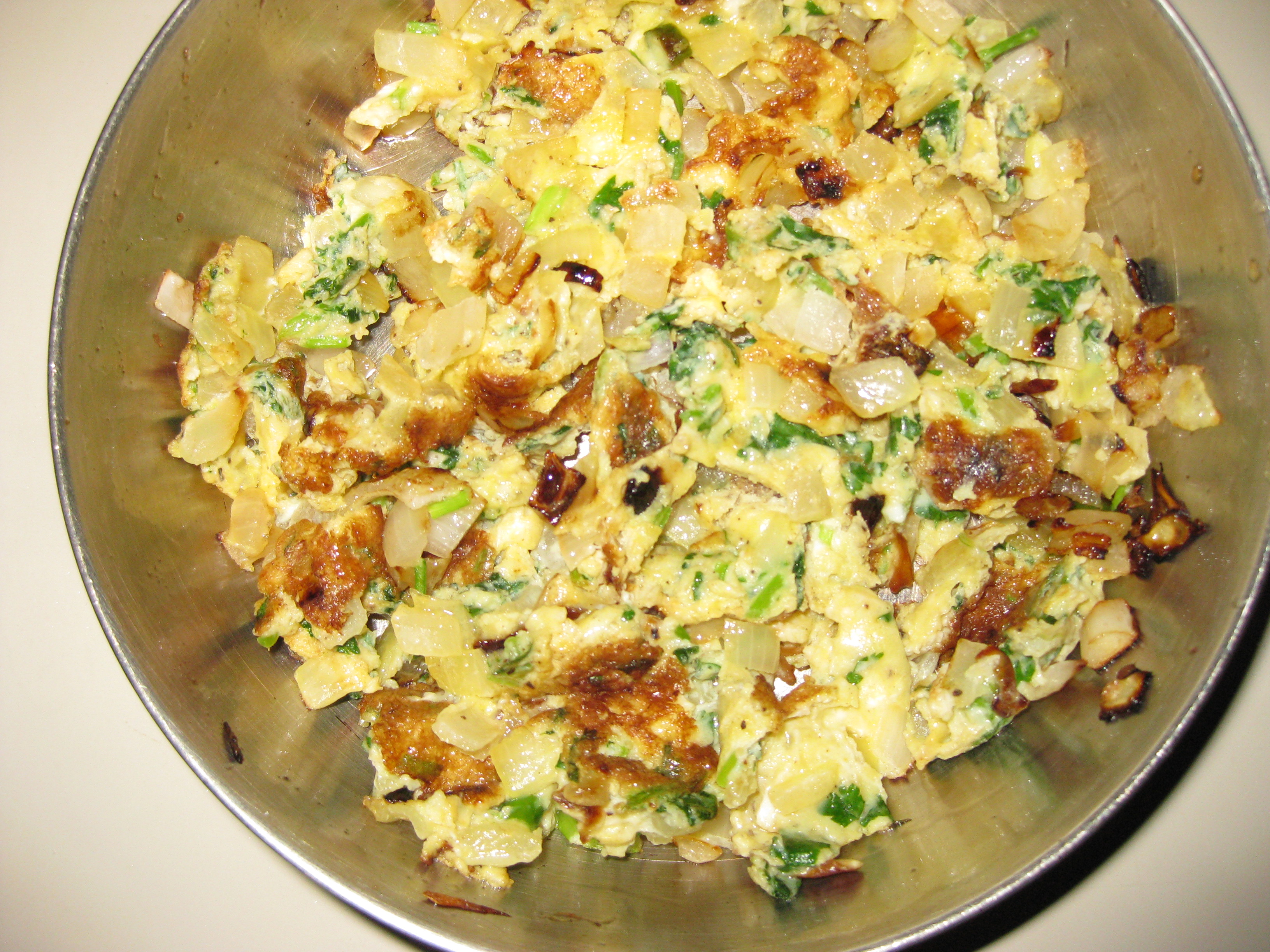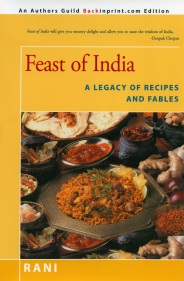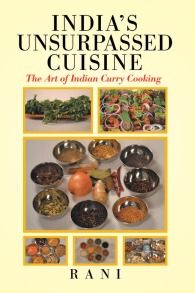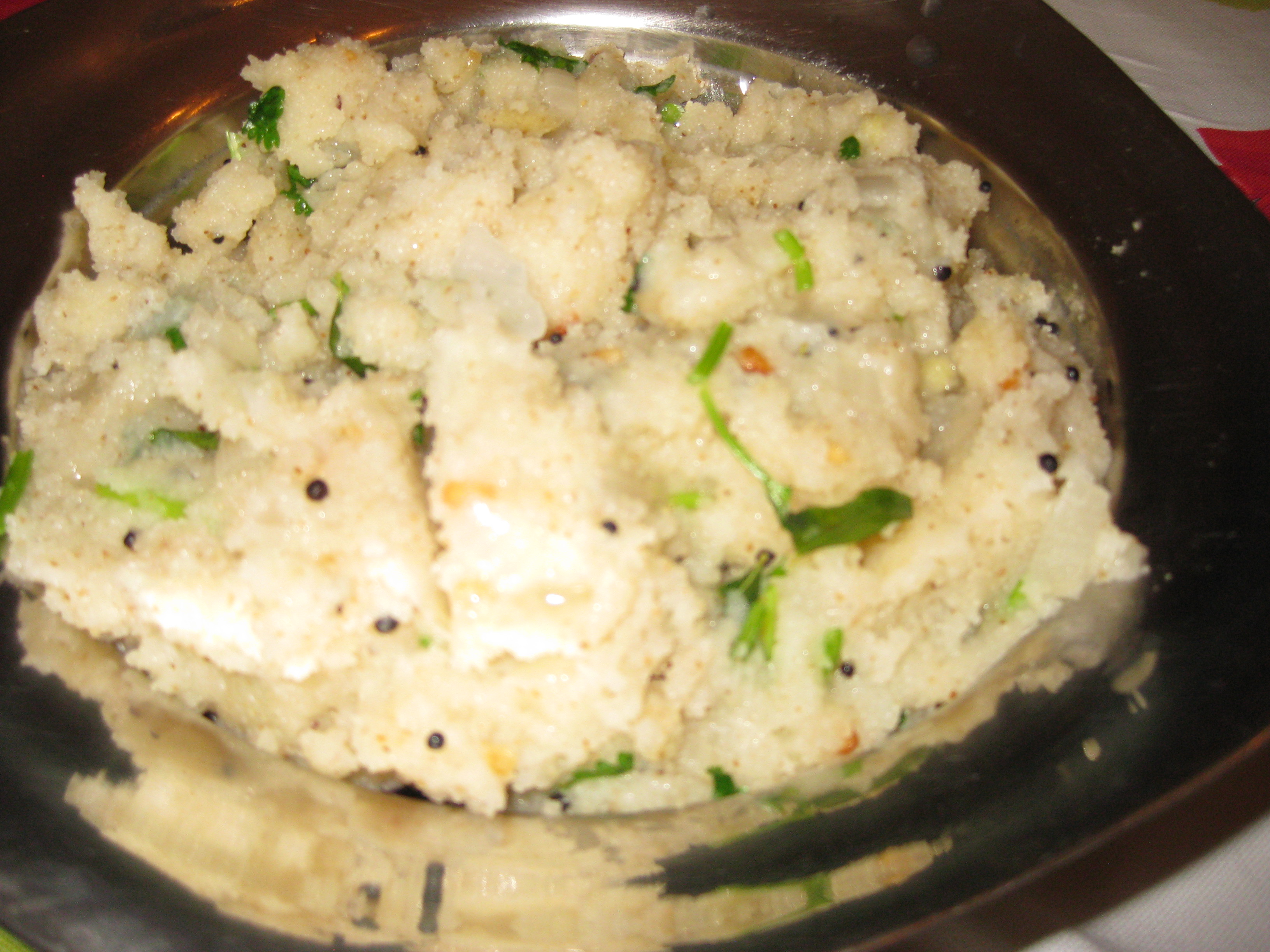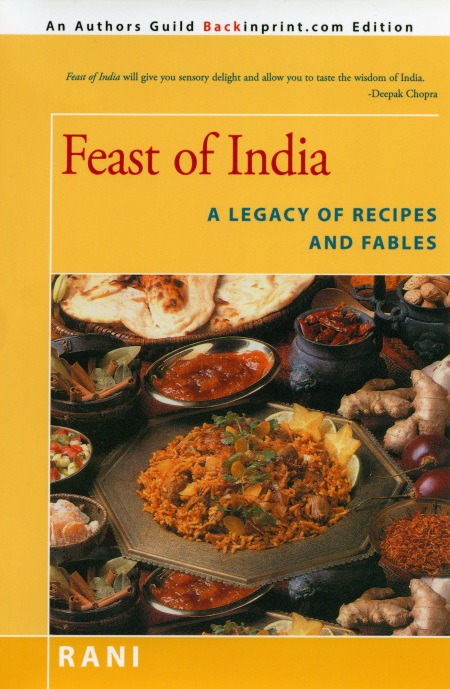There are millions of vegetarians around the world. In India, cooks reflect regional standards and tradition to create harmony and balance in making body, mind, and spirit happy. In the villages many still embrace a diet similar to their ancient ancestors, where small, tender seasonal vegetables are preferred to larger ones because they are easy-to-digest and considered nutritious.
Healing with food, herbs, and spices is Nature’s gift to us. Turmeric is considered a digestive stimulant, helps to prevent disease, slows the oxidation of oils and fats, etc. and helps to check the deterioration of cells and tissues in the body. As a natural antibiotic, turmeric has few equals in destroying and inhibiting the growth of bacteria and other microorganisms, while helping to heal wounds and protecting against infection.
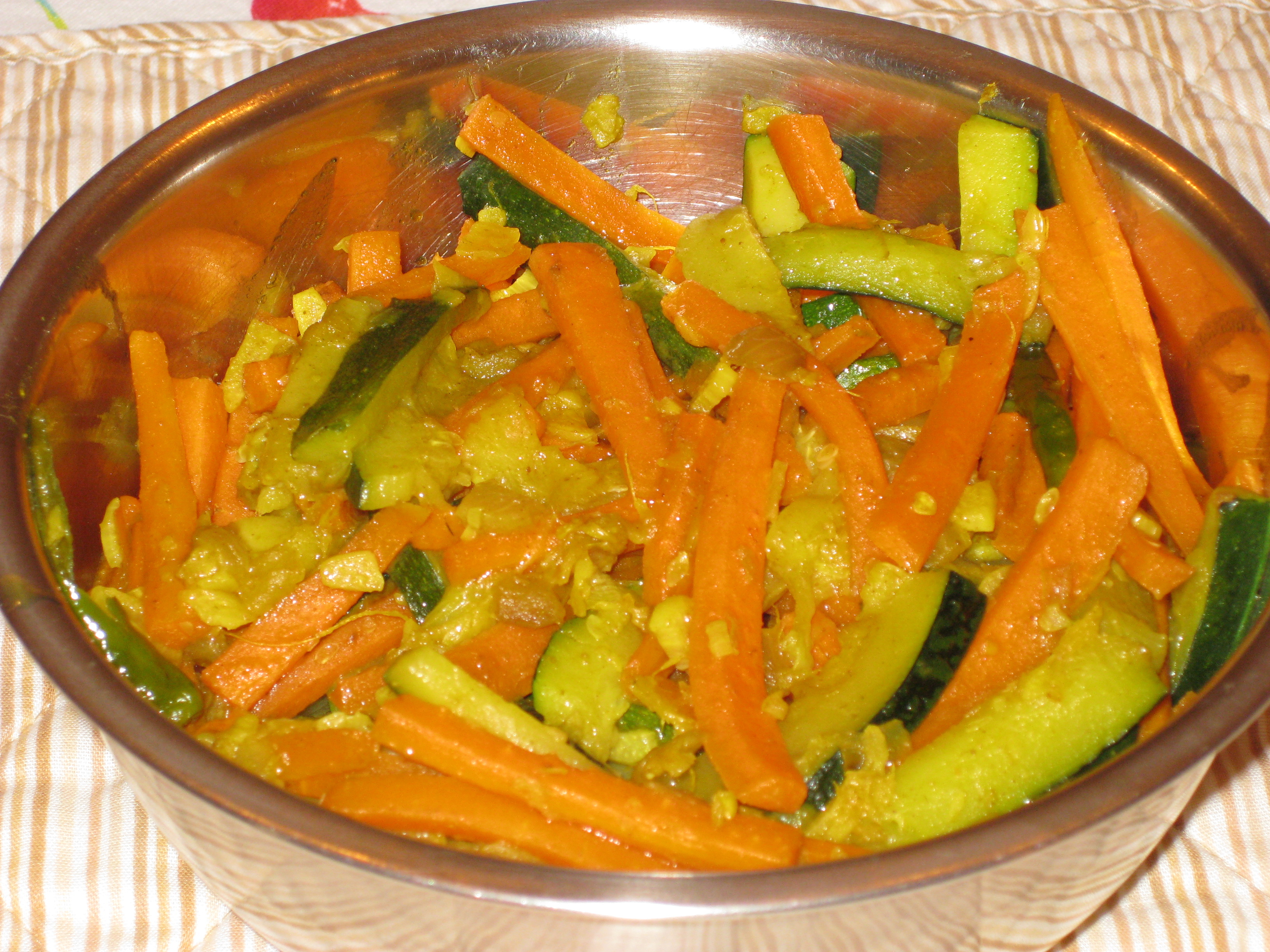
Vegetables Sautéed in Turmeric (Sabzi)
Serves 6
4 medium carrots
2 medium yellow squash
2 medium zucchini
¼ cup corn oil
1 medium onion, peeled and chopped fine
½-inch piece fresh gingerroot, peeled and chopped fine
6 garlic cloves, peeled and chopped fine
½ teaspoon turmeric powder
½ teaspoon coriander powder
½ teaspoon cumin powder
Salt to taste
Wash and cut the carrots, squash, and zucchini lengthwise into thin 2-inch pieces.
Heat the oil in a wok over medium heat. Add the onion, garlic, and ginger and sauté for 3-4 minutes, stirring constantly, until golden brown.
Add the turmeric, coriander, and cumin powder and sauté for 2-3 minutes.
Add the carrots, squash, zucchini, and salt, and stir. Cover and simmer for 5-6 minutes, stirring occasionally, until vegetables are almost tender.
Serve hot with basmati rice, legumes, and salad.


Try my healthy and easy-to-prepare recipes with healing spices of diverse flavors from Feast of India: A Legacy of Recipes and Fables (1991, 2015) and India’s Unsurpassed Cuisine: The Art of Indian Curry Cooking (Editor’s Choice, 2016) at www.feastofindia.net.
